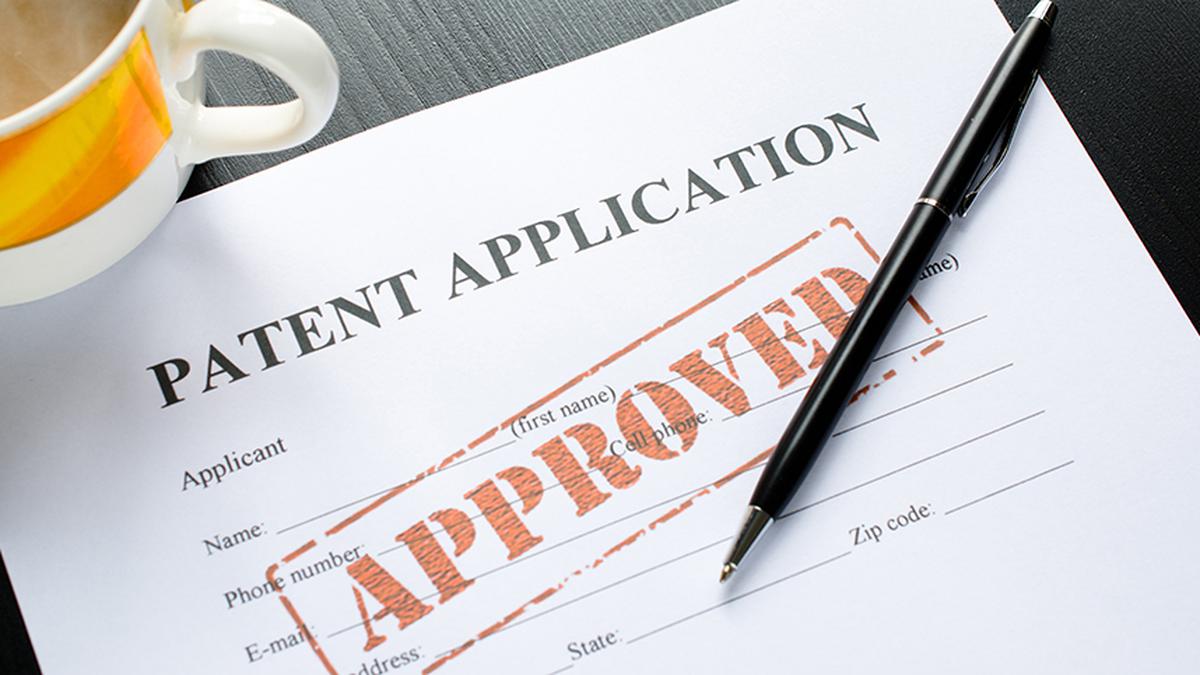
TEPA’s IP encroachment: A new barrier to indigenous innovation
The Hindu
India's IP concessions to EFTA in new FTAs may shift focus from essential innovations to Silicon Valley integration.
India’s free trade agreement (FTA) with Switzerland, Norway, Iceland and Liechtenstein as partners is a completely new architecture. The Trade and Economic Partnership Agreement (TEPA) with the four-nation group known as the European Free Trade Association (EFTA), include provisions on intellectual property (IP) and investment protection and promotion. So far India has treated IP policy levers as a sovereign space for multilateral negotiations at the World Trade Organization (WTO) and has not made IP concessions to trade groupings of nation-states.
Recently, India and South Africa had sought TRIPS (The Agreement on Trade-Related Aspects of Intellectual Property Rights) waiver related to COVID-19 innovations. The TRIPS waiver was sought to meet requirements of indigenous technological innovation and independent scientific research to produce COVID vaccines. While this garnered support for India from the developing world, even when the EU and U.S. stood against the grant of TRIPS waiver at the WTO, the Modi government granted major IP concessions to EFTA.
These concessions must not be viewed in isolation. India is likely to concede more such space on IP policy in negotiations with the EU and U.K. The new approach to IP and investment has been in making for some time now. In August 2022, when the Working Paper (WP) issued by the Economic Advisory Council to the Prime Minister of India (EAC-PM) entitled “Why Does India Need to Urgently Invest in its patenting ecosystem” considered these issues, it used the U.S. propagated patent policy conceptualization explicitly as the context to recommend the need to fast track the patent grants.
Available evidence of what is preventing India from becoming innovative is not even mentioned. The proposals made are overly protective of private interests and the patent controller’s office is viewed as a revenue generating entity. It overlooks the larger public interest. The policy advisors seek to attract foreign direct investment (FDI) and are guided by the assumption that IP concessions can help in the growing technological rivalry between U.S. and China.
Patent filing numbers of China, U.S. and India are compared to promote pro-patentee changes in the paper. The contribution of diffusion oriented state investment and independent innovation to the technological prowess of China, Japan, South Korea and U.S. is completely ignored. Fast tracking patent grants could likely lead to products of dubious quality.
In China, the policy space for indigenous innovation was achieved through programs that run in parallel to maximizing knowledge spillovers from FDI. This is absent in India and explains why India lags China considerably in independent innovations. China could realize its long-term ambitions of self-reliance in technological innovation and scientific research because the state invested in science, technology and innovation (STI). STI investments were not coordinated with the creation of IP markets.
The IP concessions granted in the EFTA have been incorporated in the new patent rules of 2024. The EAC-PM (August 2022) advocated for fixing timelines of various steps of the patent grant process and for removing the excessive reporting requirements found to be burdensome by foreign patentees. It talks of diluting Section 25 (1) of the Patents Act 1970 (IPA) providing for a pre-grant opposition by any person. It echoes the argument that the pre-grant opposition is being used to make frivolous complaints to delay grantig patents.




















 Run 3 Space | Play Space Running Game
Run 3 Space | Play Space Running Game Traffic Jam 3D | Online Racing Game
Traffic Jam 3D | Online Racing Game Duck Hunt | Play Old Classic Game
Duck Hunt | Play Old Classic Game











